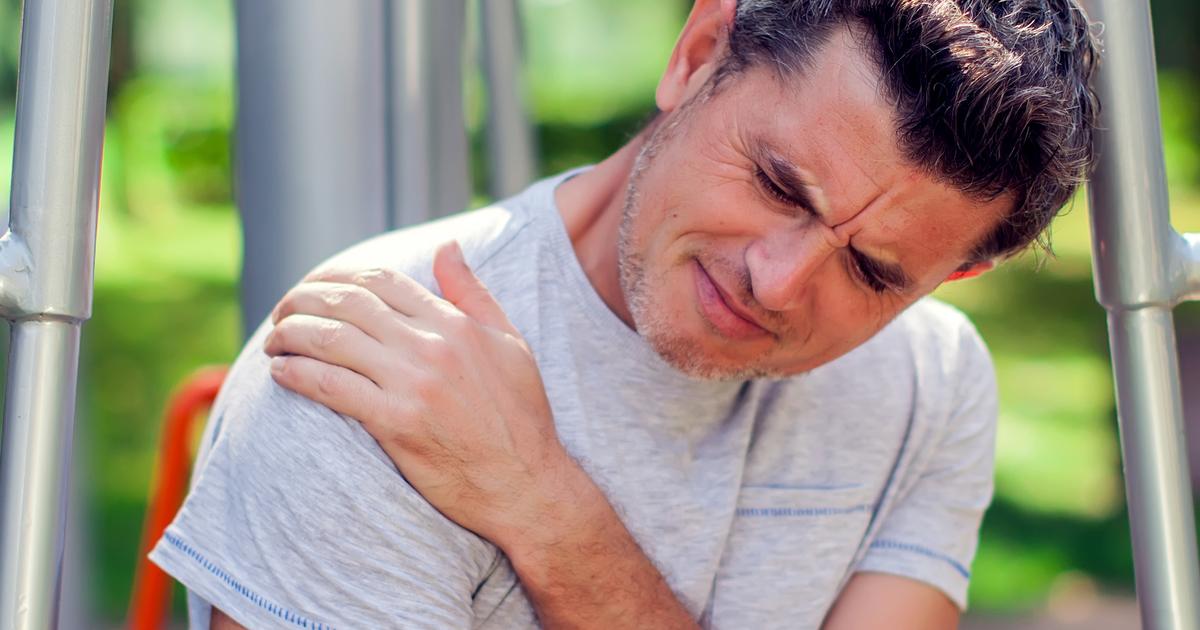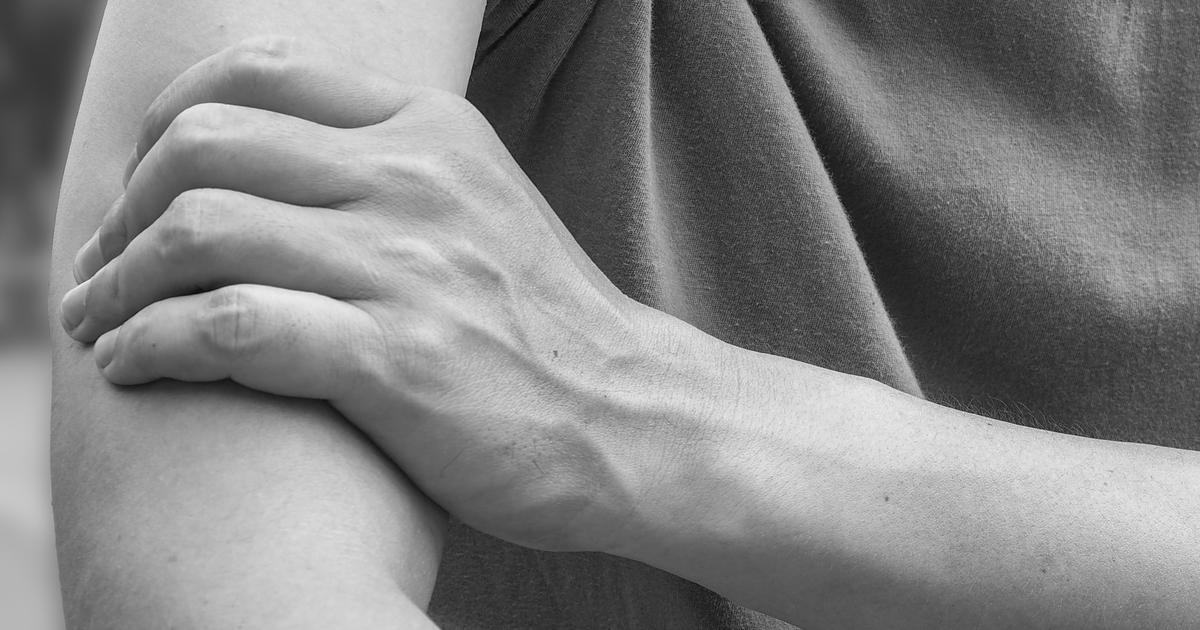Guide To The Symptoms Of A Muscle Strain
Muscle Pain

One of the key symptoms of a muscle strain is muscle pain. It is possible to strain a muscle without pain. However, the vast majority of cases present with some pain in or around the injured area. This is because the torn or stretched muscle fibers are sending signals to the nerves indicating there is something wrong. As an individual's immune system sends healing agents to begin repairs, the swelling can cause the nerves to become pinched. Due to this, a swollen injury can sometimes be more painful than a non-swollen injury, even if the degree of the actual tear is around the same.
The type of pain will vary, but it often manifests as a dull aching or throbbing with mild strains. With more intense strains, individuals may have trouble moving the muscle group at all without a sharp or shooting pain. If an individual experiences sharp and intense pain following an impact or ripping injury, it is best for them to see a doctor to make sure the tear is not severe.
Muscle Or Tendon Weakness

Depending on the location and the degree of the strain, the injury may also present with some muscle or tendon weakness. If individuals strain a muscle in their leg or near their ankle, they may find that they have trouble bearing weight on that leg until the strain has healed. Similarly, if they strain a muscle in their hand, it may be difficult to lift or balance objects. Some individuals might experience weakness in their arms if they have certain shoulder tears, and tears in the neck muscles can lead to pain and weakness throughout different parts of the back.
The strangest part is that the weak-feeling muscle or tendon will not always be the one that was injured. Sometimes it will be a muscle connected to or supported by the injured one. If an individual is experiencing weakness in their hand, the injury can be anywhere along their arm or shoulder or even their back. When the weakness is serious enough to impede daily activities or a muscle strain does not explain it, individuals should see a doctor. This will help them make sure there is not a more serious underlying cause.
